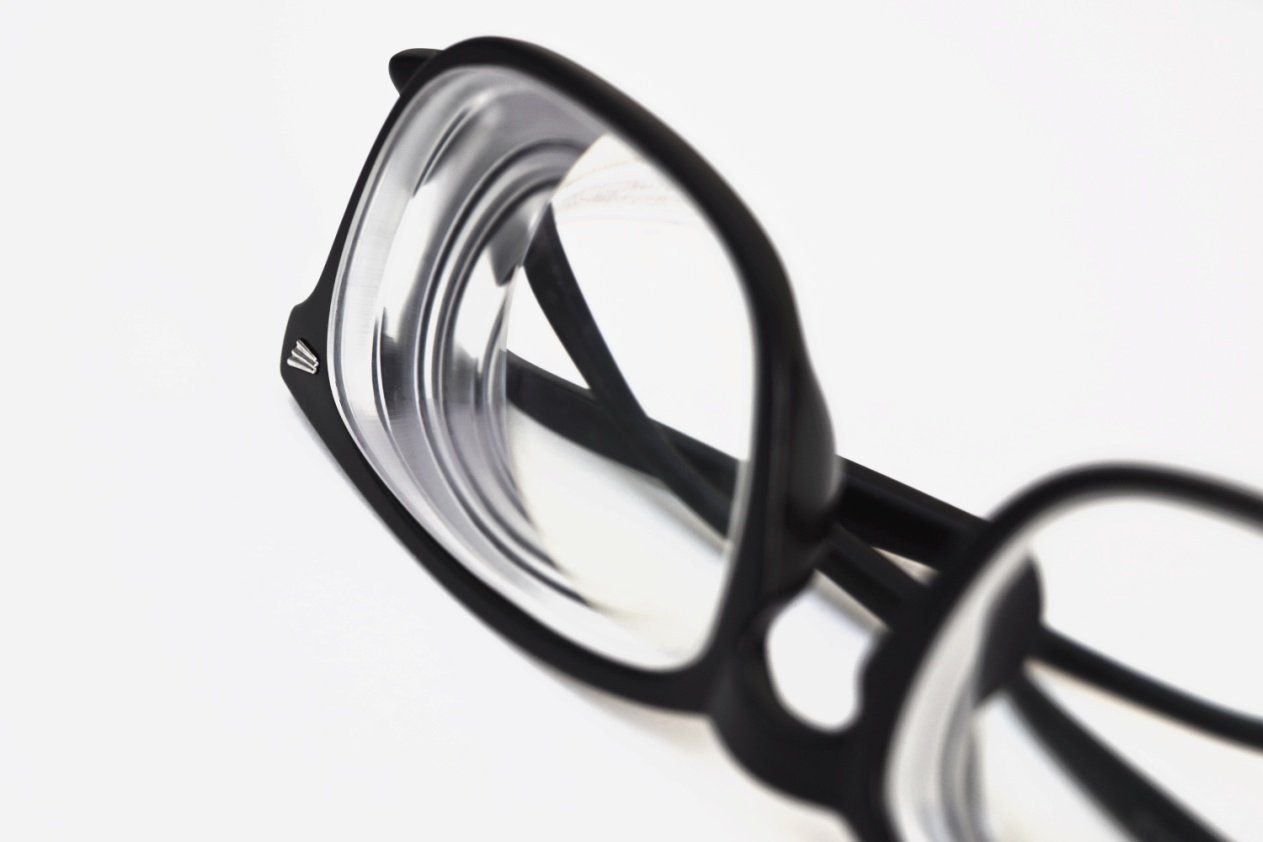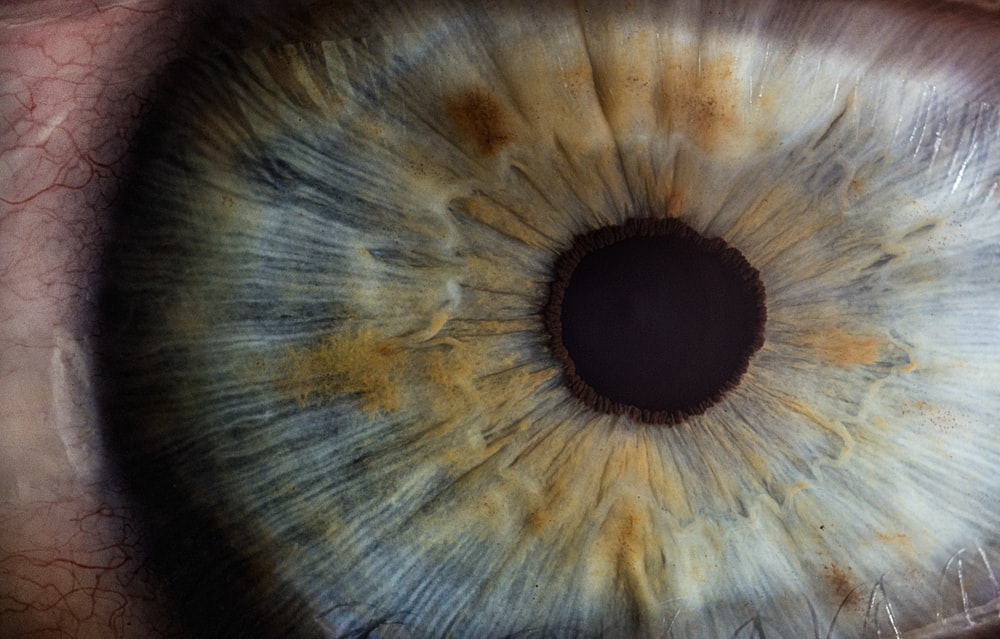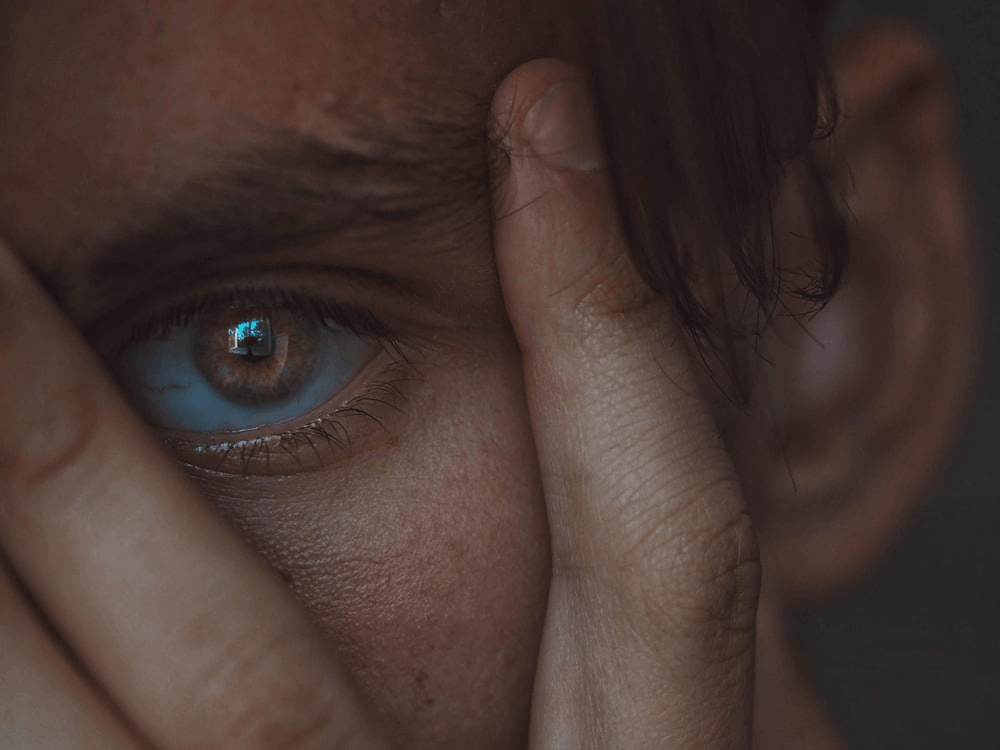What Is Diabetic Macular Edema and How Can It Be Treated

With the extensive use of computer screens in this day and age, it's not surprising to have eyesight problems. However, the issues arise when these problems start negatively affecting your life. The most apparent cause of diabetic macular edema is an uptick in blood sugar levels. In diabetic people, too much blood sugar can rupture and deteriorate fine blood vessels. As a result, tiny pustules may emerge from the vessel walls and fill the retina with fluid or sometimes even blood. With nowhere to go, the fluid may create swelling in the central part of the retina, leading to severe eye problems and even blindness.
Diabetes is at the core of this problem as people with type 1 or type 2 diabetes may be prone to developing this disease. Thus, if you want to prevent this disease from taking over your life, you must maintain a healthy blood sugar level, even if it is a manageable condition.
What is Diabetic Macular Edema?
Diabetic Macular Edema is a complication that occurs in diabetic patients. If you have diabetes, you are at greater risk of developing edema that could harm your sense of vision. The complication occurs due to the filling of fluid in the macula of your eye. The macula is the part of your eye that lets you zero in on the fine details of an image. It's central to the retina, which is why it's so necessary to the eye's vision.
This condition tends to develop over time, so there are many ways for you to prevent it. There are also ways that you can treat it once it develops. However, early detection is necessary, so you don't damage your eyes severely.
Treatment for DME
There are many effective methods for DME. One of the significant preventative steps is going for regular eye exams, but there are other methods available to assist in the prevention and early detection of DME.
Laser Therapy
As the name suggests, this therapy involves using a laser. Doctors will also conduct this in a clinical setting where they can shoot your eye with bursts of the laser. It uses small, pointed lasers to target the various damaged areas in the eye. Shooting lasers can create caps on the leaks if you have damaged or leaky vessels to prevent them from affecting your vision.
Injections
There are two types of medication that you can be injected with: anti-Vascular Endothelial Growth Factor medicines or steroids. Each group has a variety for your doctor to choose from. Your ophthalmologist will know the right dosage for your condition, so you can rest easy.
Your doctor will administer these medications using a fine needle, which doesn't hurt. Both the anti-VEGF and steroid injections are effective for helping the eye heal. They reduce the amount of fluid leaking into the eye and reduce swelling. Steroids, however, can increase the risk of cataracts later in life, which is why doctors recommend it if the anti-VEGF injections don't work.




